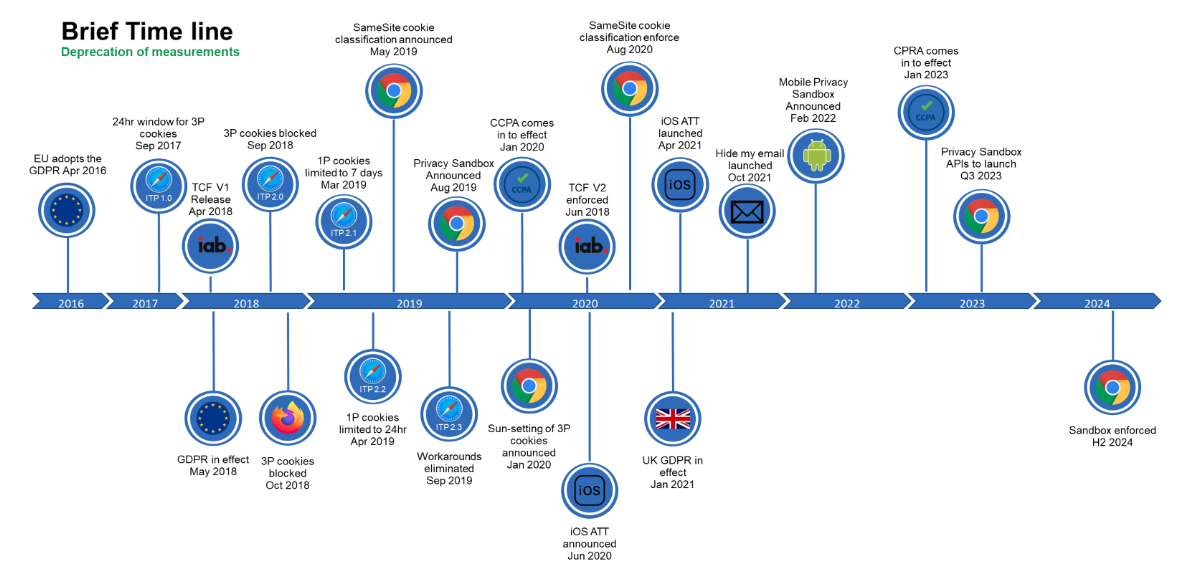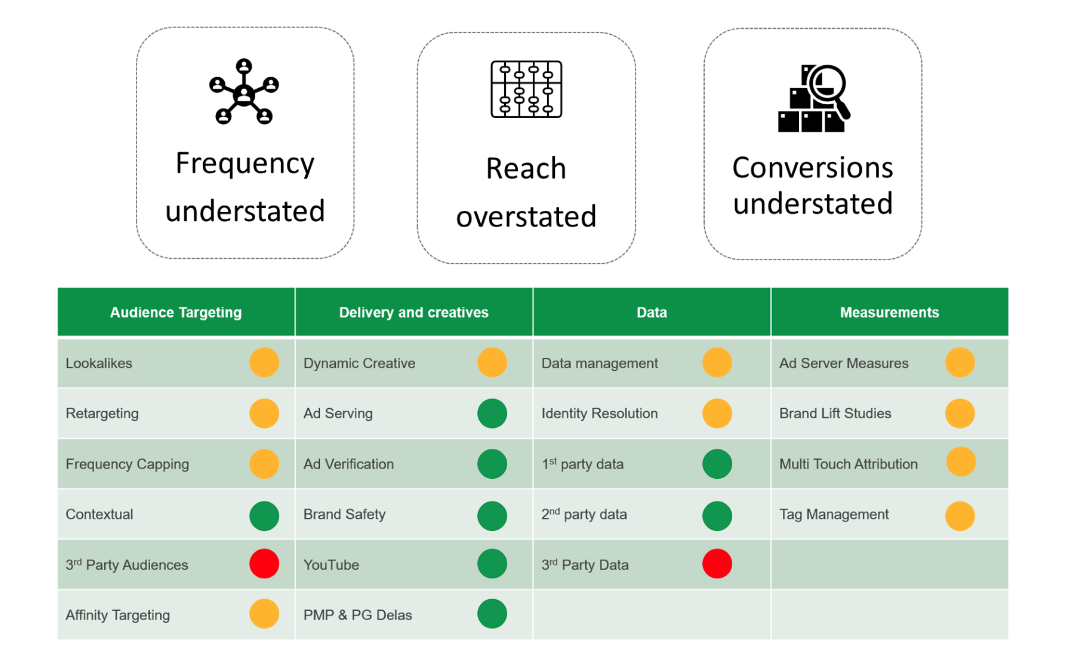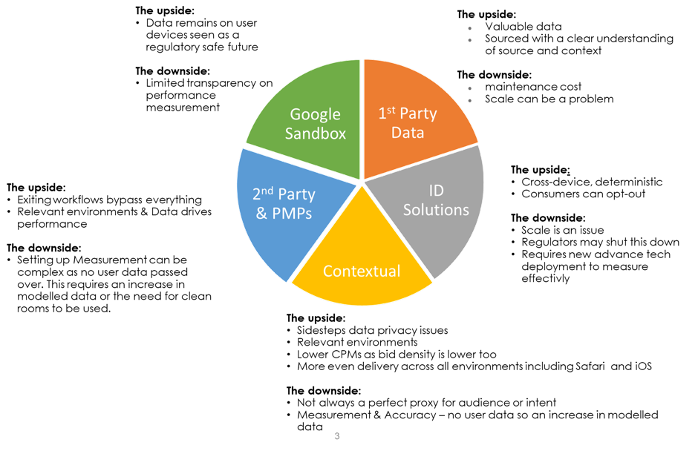The personification of digital media
Posted on Tuesday 06 June 2023 | Jacques Edeling - Head of Programmatic, Performics @ Starcom
Jacques Edeling, Head of Programmatic at Performics @ Starcom, argues why click-through rates aren’t a sound measure for quality or performance
The ‘Don't Be a #Clickhead’ campaign was launched by IAB UK in 2019 to raise awareness that CTRs are not the only measure of digital performance and to recommend alternatives metrics depending on campaign goals. The campaign aimed to educate advertisers and publishers about the importance of focusing on metrics that measure meaningful engagement - such as viewability, time spent on site, and conversions - rather than just CTR. These principals should set the foundation to all robust measurement strategies.
There are several key reasons why CTRs are not suitable for a robust measurement strategy:
- Limited insights and lack of context: Clicks only represent the initial interaction between a user and an ad. Click-through rates don't capture the complete customer journey or provide insights into the user's behaviour beyond the click. Understanding the post-click actions, such as conversions, time spent on site, or purchases, is crucial for evaluating campaign success.
- Quality vs. quantity: Focusing solely on clicks drives quantity over quality. Marketing campaigns should focus on attracting high value audiences and engage with them in a meaningful way. A high click-through rate doesn't necessarily guarantee engagement or a positive impact on business objectives.
- Ad placement: Clicks can be influenced by factors like ad placement, position, or visibility, rather than the effectiveness of the ad itself. Ads in prominent positions may receive more accidental or unintentional clicks, skewing the data and misrepresenting campaign performance.
To overcome these limitations, marketers should plan and measure to a broader set of metrics such as return-on-ad spend (ROAS), customer lifetime value (CLTV), conversions, bounce rates, engagement rates or other key performance indicators (KPIs) and key performance drivers (KPDs) that would provide a more comprehensive understanding of the campaign’s effectiveness.
Our ability to measure campaign efficiency and effectiveness goes hand in hand with the cookieless world that has been shaping the future of digital advertising measurement over time:

As data privacy and regulation take centre stage in the digital ad tech world, the ability to target and track an individual consumer online is becoming more and more challenging.
In this context, clicks are not the answer nor are authenticated users. Authenticated individual users have perceived authenticated value. The reality is that publishers have experienced a drop in CPMs across browsers that block third-party cookies because users are not able to be tied to a record or matched to a third-party identity, resulting in less buyers. Buyers are reporting CPMs 1.8x to 3x higher across Chrome (where third-party cookies are still used) compared to Safari or contextual and non-authenticated buys.
As marketers, we must acknowledge that it is the consumers who are actively asking for reform and it could not be clearer through their actions:
- 32% of people in the UK have implemented ad blockers, this largely removes them from any MarTech impact assessments (1)
- Apple App Tracking Transparency ATT opt-in rates are at 29% globally. Apple mobile devices account for 56% of the UK mobile market (2)
- 34% of UK users run Safari browser which enforces Intelligent Tracking Prevention which limits the lifespan of first-party cookies set via client-side JavaScript to just 24hrs (3)
- Some consumers choose not to opt-in to data or cookie use for personalisation (around 50-70% opt-in rate in the EU) (4)
- Brands, depending on their UI design and the nature of their relationship with their consumers, have seen a very wide range for opt-in from 10% to 80% (5)
- Email matching on first-party data has simply meant Apple deployed “hide my email”, making unified IDs and other workarounds insufficient
Striking the balance between privacy, cost and measurements can be a challenge. Without traditional measurements buyers have three core elements that are impacted, frequency reach and conversion.

Finding the right balance between measurement and privacy will be unique to every brand. Currently there are several core solutions in market each with its own positive impact.

The response from consumers, legislators and the cost impact make it clear that the end goal for marketers should be to humanise their marketing from cookie-based, click-focused performance marketing to people-based solutions focused on consumer experiences. Moving away from isolated authenticated individuals and misleading measurement to a more holistic approach that strikes the balance of privacy, efficiency and brand econometrics. Media planning, buying and measurements should shift towards a privacy by design consumer centric mindset whilst testing a range of solutions and capabilities to set up for future success.
(1) Source: Published by Statista Research Department, Jan 10, 2023 “Adblocking penetration rate in selected countries/territories worldwide as of 3rd quarter 2021”)
(2) Source: Adjust, "mobile App Trends 2023," March 28, 2023)
(3) Source: Statcounter: “Browser Market Share United Kingdom”
(4) Source: Reach and frequency reporting comparing open supply vs authenticated users. Individual results by publisher can vary greatly
(5) Source: Client Surveys. Individual results by brand and vertical can vary greatly
Written by
Jacques Edeling
Topics
Related content
IAB UK introduces series exploring trust & effectiveness in digital
Learn moreThe Building Blocks of Quality Media: steps to make the most of your next creative campaign
Learn moreBuilding trust: How marketers can thrive in a privacy-first world
Learn moreWhy it’s time to stop thinking of ‘digital’ as a channel
Learn more
Rediscover the joy of digital advertising
Champion connections instead of clicks. Capture audiences' imaginations, not just their attention. Boldly find your own beat instead of letting tech set the pace. It’s time to rediscover the joy of digital.



